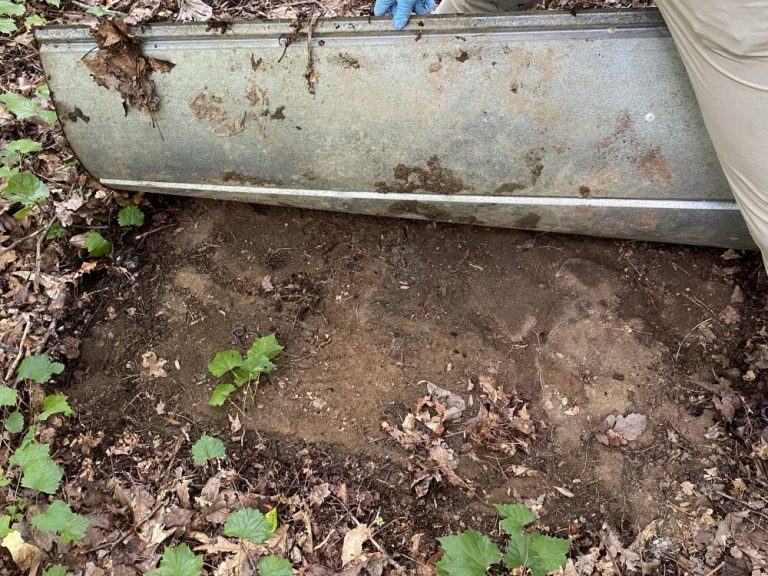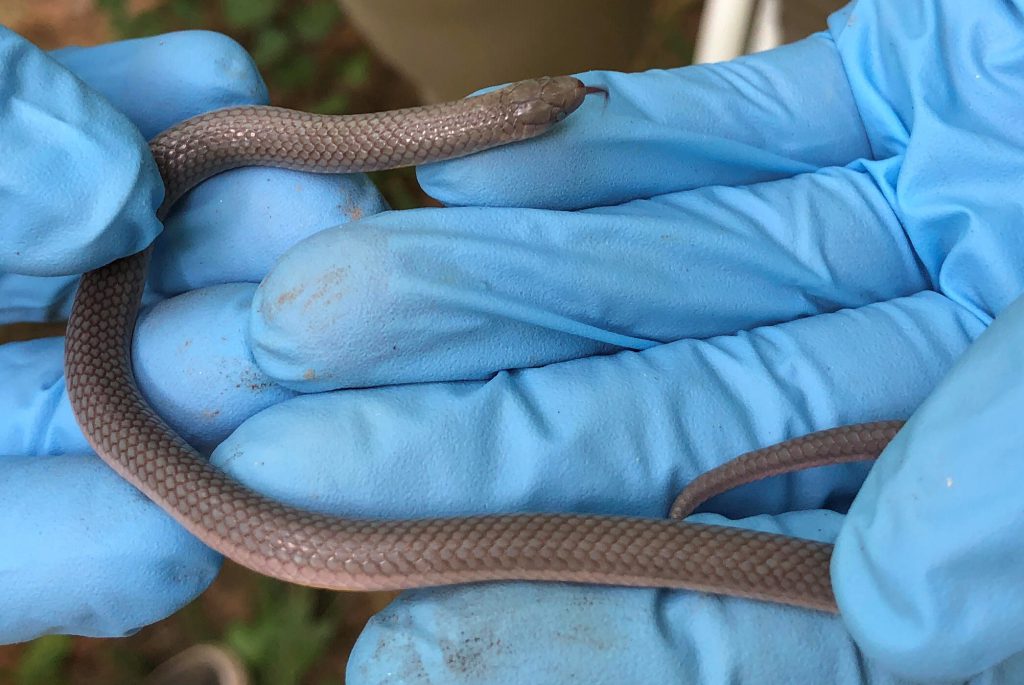Elliott Associate Professor of Biology Dr. Kristian M. Hargadon ’01 was recently named the recipient of an R. Davilene Carter Presidential Prize for Best Manuscript (3rd Prize) for his 2021 publication in the Journal of Cancer Education. His article, entitled “Using The Cancer Genome Atlas as a Tool to Improve Undergraduate Student Understanding of Cancer Genetics and the Hallmarks of Cancer Progression,” highlights a novel bioinformatics approach to educating undergraduate students about genetic influences on cancer progression. Developed by Dr. Hargadon for his Biology 201 – Genetics and Cell Biology course, this approach involves student investigation of clinical cancer datasets publicly available in The Cancer Genome Atlas as a means of gaining insight into various genomic (DNA) and transcriptomic (RNA) aberrations in cancer cells. His paper describes this multi-week, bioinformatics-based project and its impact on improving student understanding of fundamental concepts in genetics and cancer biology. Coupled with an experimental project utilizing murine (mouse) melanoma cell lines, previously highlighted in Dr. Hargadon’s 2016 publication in Biochemistry and Molecular Biology Education, this project is now a major component of Dr. Hargadon’s Experiential Learning section of Biology 201 that is currently being offered as part of the College’s newly implemented Compass Program.
Dr. Hargadon will be recognized as an R. Davilene Carter Presidential Prize recipient at the upcoming International Cancer Education Conference in mid-October. His Journal of Cancer Education article is available at: https://link.springer.com/article/10.1007/s13187-021-01962-y



